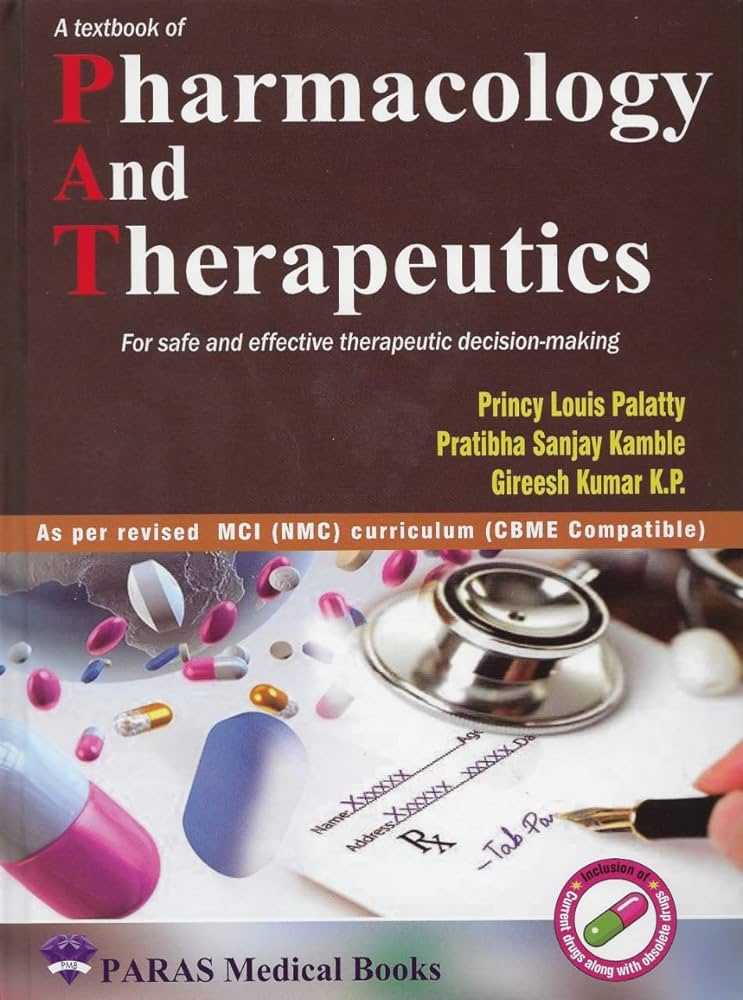The tumor suppressor role and epigenetic regulation of 15-hydroxyprostaglandin dehydrogenase (15-PGDH) in cancer and tumor microenvironment (TME)
IF 12.5
1区 医学
Q1 PHARMACOLOGY & PHARMACY
引用次数: 0
Abstract
Oxidative stress and inflammation may initiate carcinogenesis and facilitate metastasis via activation of pro-inflammatory signaling network. The side product of arachidonic acid processing by cyclooxygenase-2 (COX-2), the prostaglandin E2 (PGE2), plays a key role in various metabolic disorders and during inflammation-mediated tumorigenesis. It has been demonstrated that PGE2 increases the proliferation, migration, invasion, metastasis, and resistance of cancer cells to apoptosis and other forms of programmed cell death. The expression level of PGE2 metabolizing enzyme 15-hydroxyprostaglandin dehydrogenase (15-PGDH) is often decreased in various malignancies. However, the role of 15-PGDH and PGE2 in the regulation of carcinogenesis remains controversial. Numerous cancer cell lines and mouse models have demonstrated the role of 15-PGDH as a tumor suppressor. Downregulation of 15-PGDH increased cancer cell proliferation, migration, anchorage independent growth, colony formation while overexpression reversed these effects, by inducing apoptosis and cell cycle arrest in vitro and in vivo. The expression of 15-PGDH is regulated by various mechanisms, including (a) epigenetic alterations (methylation of promoter region, histone deacetylases, microRNAs (miR-21, miR-26a/b, miR-106b-5p, miR-146b-3p, miR-155, miR-218-5p, and miR-620)); and (b) dysregulated oxidative stress and associated mediators (elevated levels of growth factors and proinflammatory cytokines (such as IL1β and TNFα)). Several transcription factors, such as HNF3β, β-catenin, Snail, Slug, can bind to 15-PGDH promoter region and downregulate the enzyme expression. In contrast, the expression of 15-PGDH can be upregulated by several anti-inflammatory cytokines and anti-cancer agents, such as IL10 and vitamin D. The functional activity of 15-PGDH protein can be modulated by signaling effectors and oxidative stress, including increased production of reactive oxygen species (ROS). However, the role of oxidative stress regulator protein, i.e., nuclear factor erythroid 2-related factor 2 (Nrf2), in the control of 15-PGDH expression remains unclear. This article provides insights and comprehensive overview of the tumor suppressor role of 15-PGDH in various cancers. Epigenetic and post-translational mechanisms regulating 15-PGDH expression and the role of novel ROS-Nrf2–15-PGDH axis were discussed and accented as potential drug targets.
15-羟基前列腺素脱氢酶(15-PGDH)在肿瘤和肿瘤微环境(TME)中的抑瘤作用和表观遗传调控。
氧化应激和炎症可能通过激活促炎信号网络引发癌变和促进转移。环氧合酶-2 (COX-2)处理花生四烯酸的副产物前列腺素E2 (PGE2)在各种代谢紊乱和炎症介导的肿瘤发生过程中起着关键作用。已经证明PGE2增加了癌细胞的增殖、迁移、侵袭、转移以及对凋亡和其他形式的程序性细胞死亡的抵抗。PGE2代谢酶15-羟基前列腺素脱氢酶(15-PGDH)在各种恶性肿瘤中的表达水平经常下降。然而,15-PGDH和PGE2在癌变调控中的作用仍存在争议。许多癌细胞系和小鼠模型已经证明了15-PGDH作为肿瘤抑制因子的作用。15-PGDH的下调增加了癌细胞的增殖、迁移、锚定独立生长和集落形成,而过表达通过诱导细胞凋亡和细胞周期阻滞,在体外和体内逆转了这些作用。15-PGDH的表达受多种机制调控,包括(a)表观遗传改变(启动子区域甲基化、组蛋白去乙酰化酶、microrna (miR-21) (miR-26a/b、miR-106b-5p、miR-146b-3p、miR-155、miR-218-5p和miR-620));(b)氧化应激和相关介质(生长因子和促炎细胞因子(如il - 1β和tnf - α)水平升高)失调。HNF3β、β-catenin、Snail、Slug等转录因子可结合15-PGDH启动子区下调酶的表达。相反,15-PGDH的表达可被多种抗炎细胞因子和抗癌药物(如il - 10和维生素d)上调。15-PGDH蛋白的功能活性可被信号效应物和氧化应激调节,包括活性氧(ROS)的产生增加。然而,氧化应激调节蛋白,即核因子红细胞2相关因子2 (Nrf2)在控制15-PGDH表达中的作用尚不清楚。本文就15-PGDH在各种癌症中的抑瘤作用提供了见解和全面的概述。讨论了调控15-PGDH表达的表观遗传和翻译后机制,以及新型ROS-Nrf2-15-PGDH轴在15-PGDH表达上游的作用,并强调了15-PGDH作为潜在的药物靶点。
本文章由计算机程序翻译,如有差异,请以英文原文为准。
求助全文
约1分钟内获得全文
求助全文
来源期刊
CiteScore
23.00
自引率
0.70%
发文量
222
审稿时长
90 days
期刊介绍:
Pharmacology & Therapeutics, in its 20th year, delivers lucid, critical, and authoritative reviews on current pharmacological topics.Articles, commissioned by the editor, follow specific author instructions.This journal maintains its scientific excellence and ranks among the top 10 most cited journals in pharmacology.

 求助内容:
求助内容: 应助结果提醒方式:
应助结果提醒方式:


